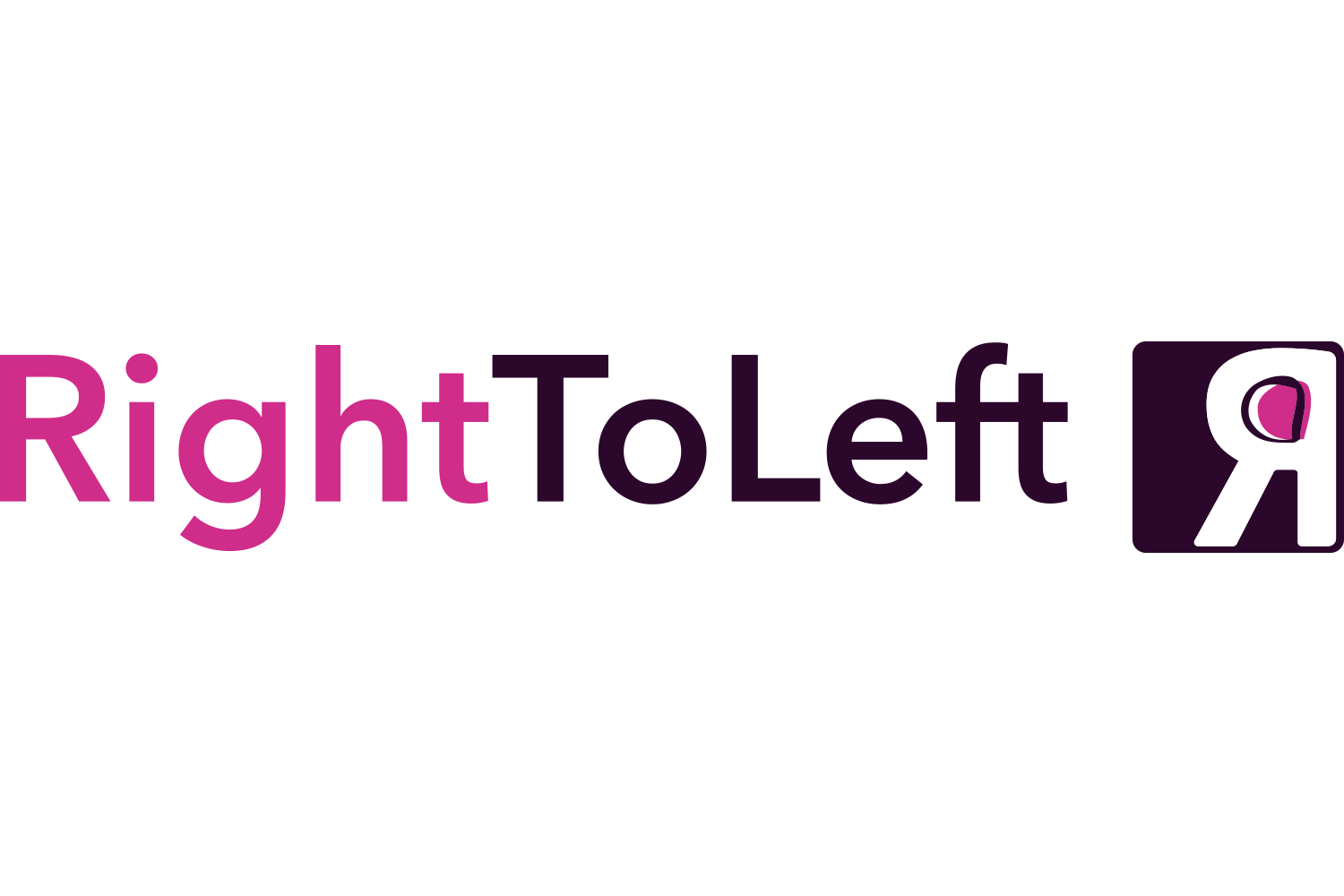Defining customer value with the VCP
A few weeks back we discussed how the product VCP can help support and align your team and product strategy. Today I want to expand on this a bit more and look closely at one of the core tenets of the VCP: customer value.
Customer value is about understanding further how your audience recognises value in what you are doing: that is, their perceived value of your product, and how you help the customer realise that value.
Spoiler alert! It is not through your features and solutions. Value comes from the behaviours and habits you’re helping your customer form through the use of your product. And yes, to go a bit cliche here - it is in fact about the outcome you help them achieve, not the output you’ve built.
Let’s take a look!
The Customer Value Explorer
Before we talk about value, let’s take a step back and set the scene.
When you are looking to kick off this exercise, it’s important to consider what your current business objectives are. Customer value points will link to those objectives, making sure your work is focused and has a real impact.
Now, when taking a look at customer value, RightToLeft has developed a worksheet called the Customer Value Explorer (CVE). You can use this to start mapping out customer value against those business objectives.
The CVE looks at:
How would the customer recognize this value?
What are the customer KPIs? (How does the customer measure this?)
What customer actions or behaviours impact the value?
How could the product help improve these behaviours?
To further explore these, we can ask ourselves the following question: Are we best positioned to create this value for the customer?
By taking the time to carefully answer these questions, you can uncover whether or not your value assumptions are correct. In addition, you can further clarify whether some of the problems you are looking to explore are even within the realm of things your product can or should solve.
It’s important to note that the CVE is not an exercise to do alone. The best way to fill this out is by talking to experts in your team as well as your customers. We can always start with assumptions, but those assumptions need to be researched and validated.
Let’s dig into this further with an example:
If there’s an adjacent problem you could solve that provides the customer value, but it doesn’t sit within the product vision and strategy, should you be working on it?
Think of an email service like Mailchimp.
Mailchimp could always branch out into “customer communications” and go beyond email by building a chat service. Chats are useful and would provide value to customers, but does it sit within their product strategy and vision? Unlikely.
Following that same example, it is up to you to figure out if customer value aligns with business objectives, your product vision and strategy, to further support solving problems.
Without it, it is easy to fall into the trap of building for commercial focus, not customer value. The first is about building purely for a commercial output (e.g., let’s build this for customer x who said they’d pay us a lot of money!), while the latter focuses on ongoing product growth.

